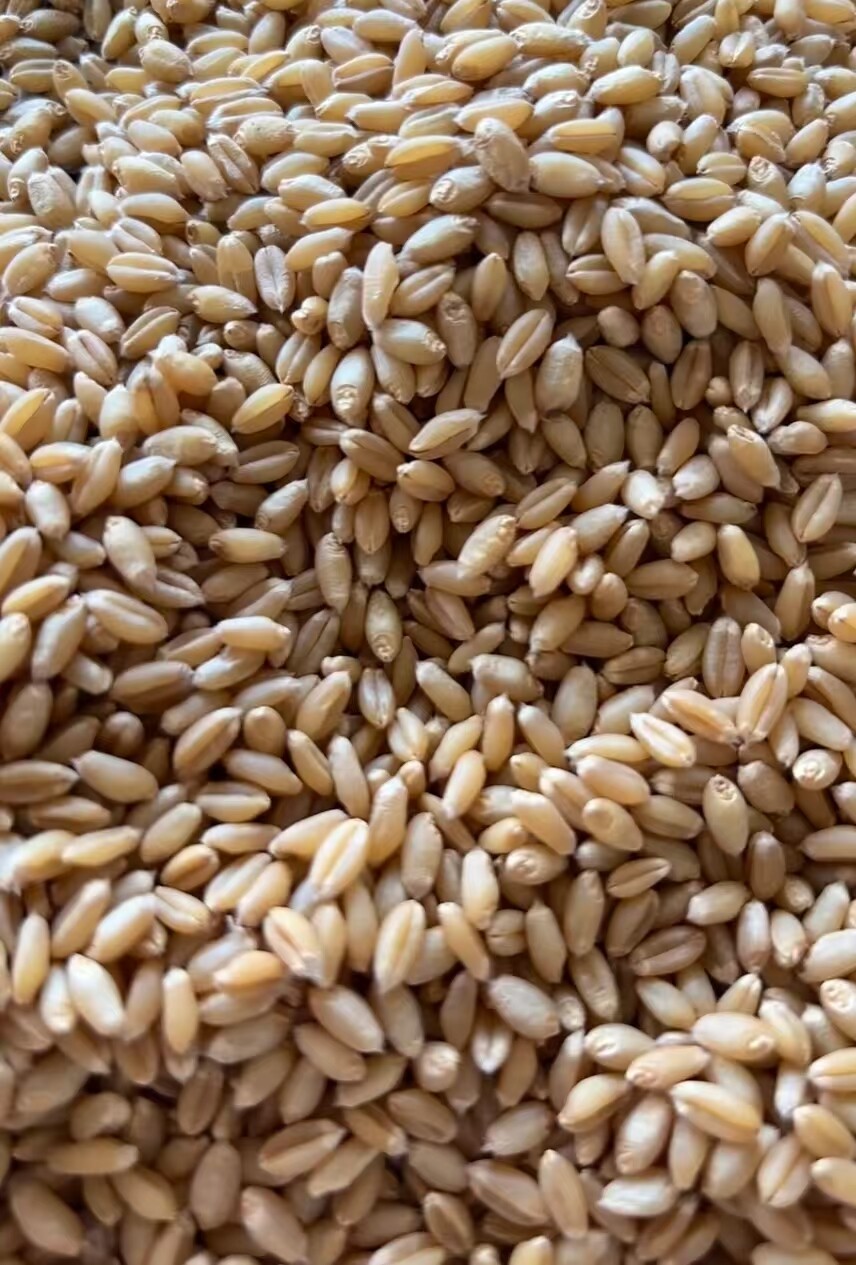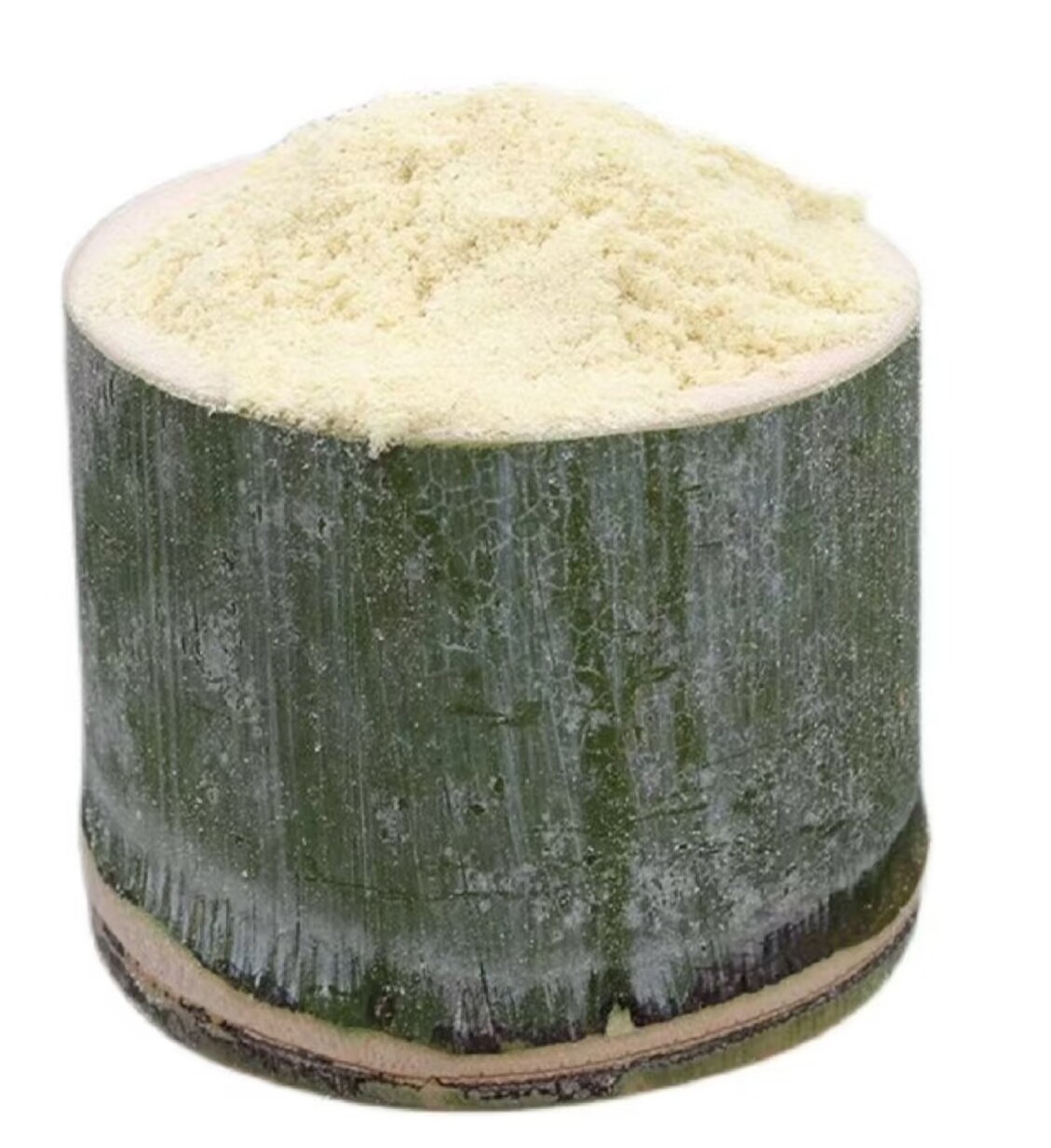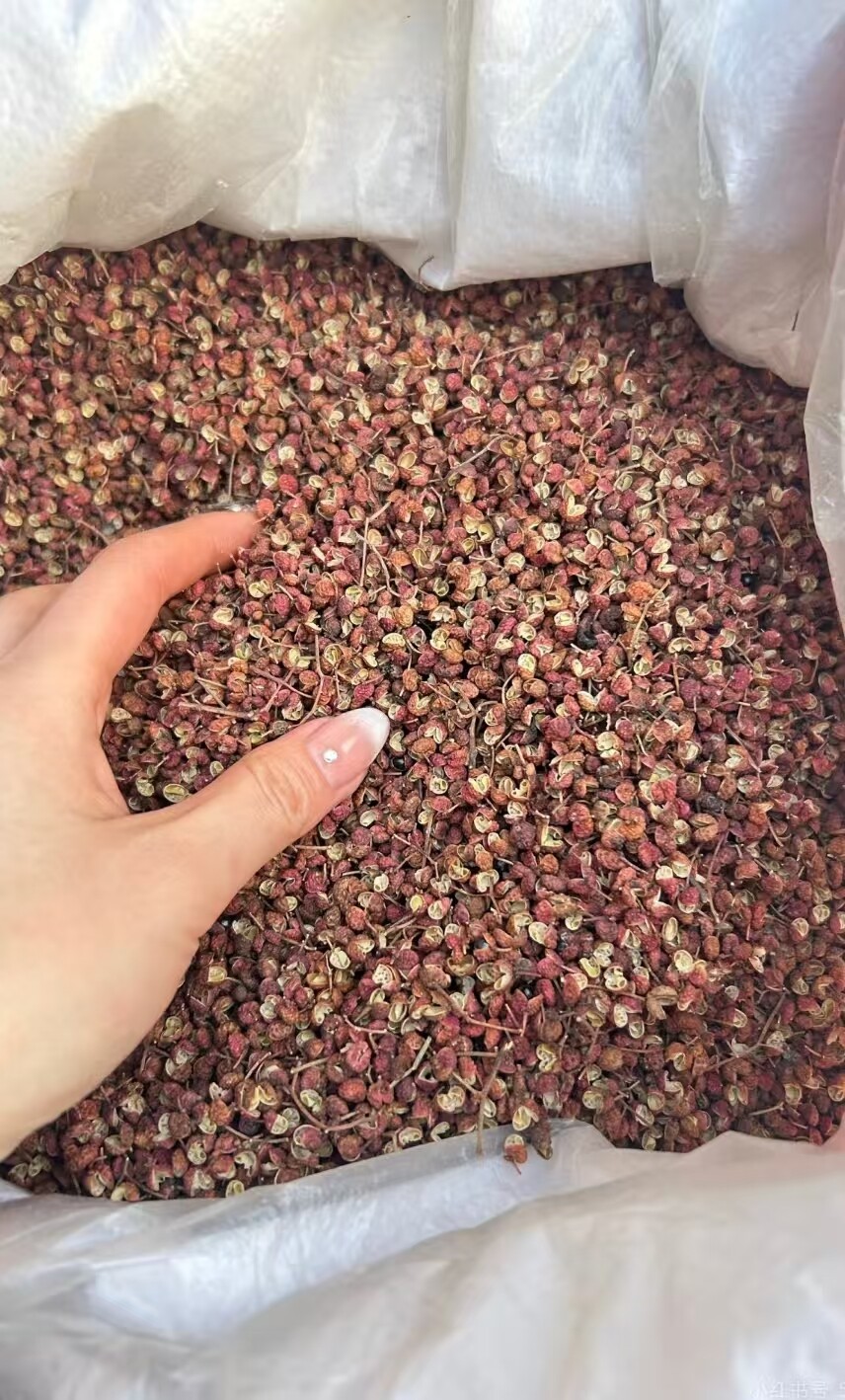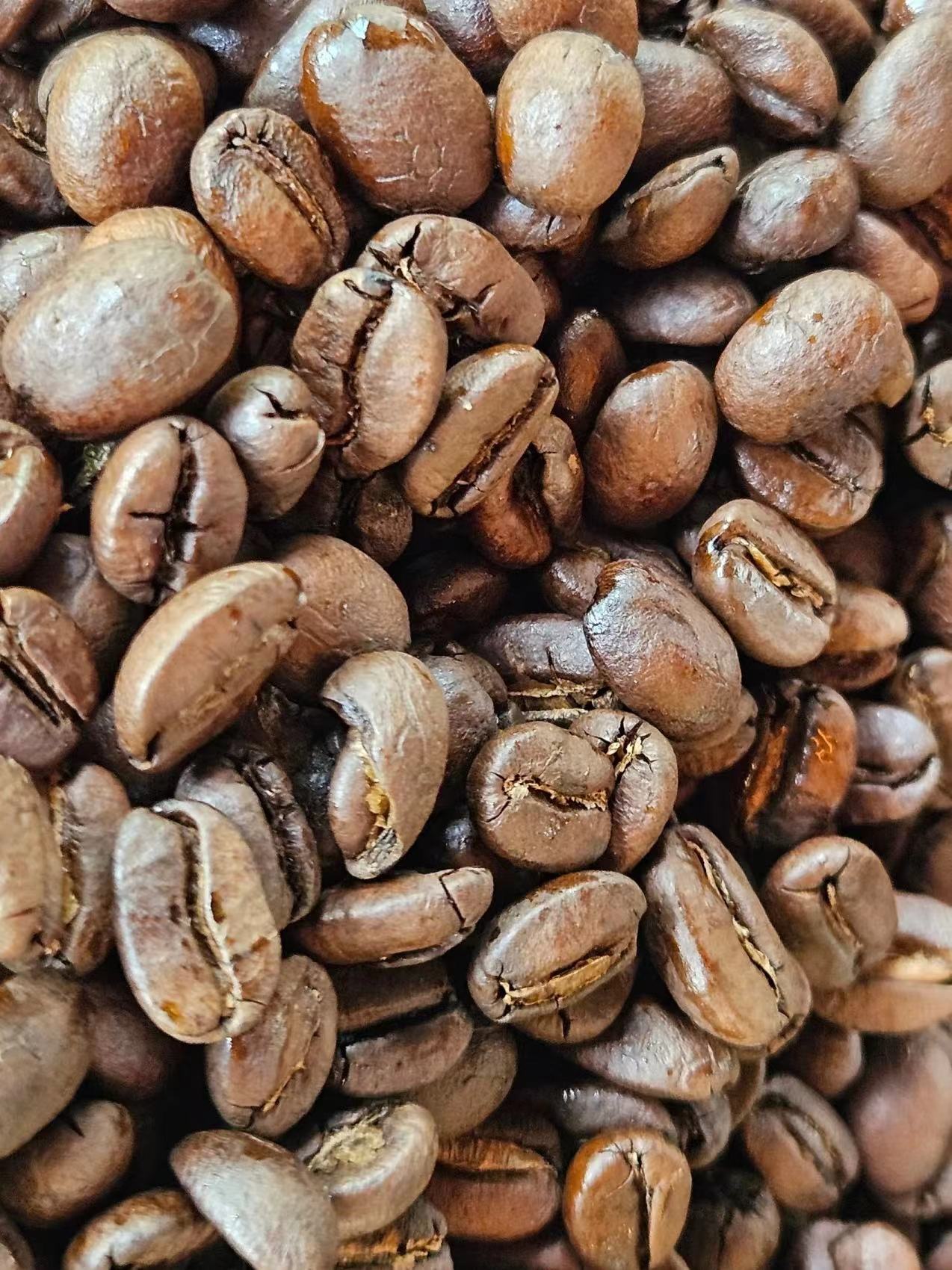Ultrafine pulverizers are advanced machines designed for the efficient grinding of materials into extremely fine powders. The core mechanism of these machines is based on a vertical shaft and shear-type crushing principle. An ultrafine pulverizer consists of three main systems: the feeding system, the crushing system, and the classification system, all of which operate within a single chamber.
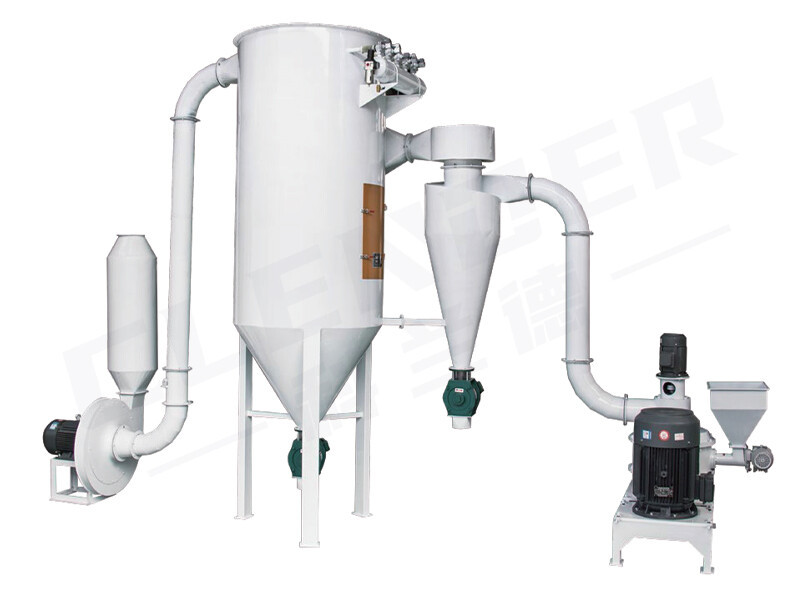
The crushing system is primarily composed of a spindle assembly, crushing discs, hammers, a tooth ring, and a guiding ring. When materials are fed into the chamber, the crushing disc rotates at high speeds, creating a centrifugal force that propels the materials into the crushing zone between the hammers and the tooth ring. Here, the materials undergo impact and shear-type grinding.

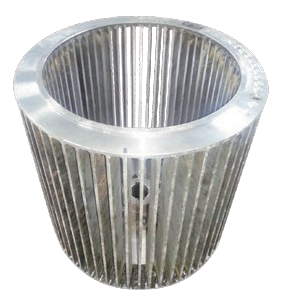
One of the standout features of this pulverizer is its patented multi-tooth hammers. Unlike traditional single-tooth hammers, these multi-tooth hammers significantly enhance the grinding process. During each rotation, the number of impacts and shear actions on the materials increases by 2 to 3 times compared to machines with single-tooth hammers. This innovation leads to a remarkable improvement in both the fineness of the powder produced and the overall output.
As a result, ultrafine pulverizers can achieve a production capacity and particle fineness that surpasses similar models by over 30%. This makes them an invaluable tool in various industries, including pharmaceuticals, food processing, and materials science, where precise particle size and high throughput are essential. The efficiency and effectiveness of ultra-fine pulverizers continue to set new standards in material processing technology.
Related Testimonials
Online Consultation

